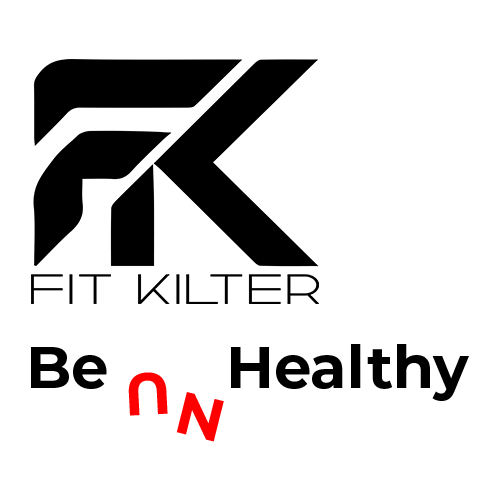Introduction
The age-old debate of whether cardio or strength training reigns supreme for weight loss has taken a new turn with the infusion of modern research and scientific insights. With a deeper understanding of how our bodies respond to these exercises, we can now make more informed choices about which approach aligns better with our weight loss goals. In this article, we explore the latest findings from scientific studies to shed light on the cardio vs. strength training conundrum.
Understanding the Science Behind Cardio and Strength Training
Both cardio (aerobic) and strength (resistance) training offer unique benefits that contribute to weight loss. Cardio exercises like running, cycling, and swimming elevate heart rate and burn calories during the activity. Strength training, on the other hand, focuses on building lean muscle mass, which can enhance resting metabolic rate and calorie expenditure even at rest.
- Cardio for Caloric Expenditure
Cardiovascular exercises have long been associated with calorie burn, making them a go-to choice for many seeking weight loss. Recent research has reinforced the fact that sustained, moderate-intensity cardio activities, such as brisk walking or steady-state cycling, can create a significant caloric deficit when performed regularly. Cardio exercises tap into stored fat as a primary fuel source, aiding in fat loss.
- Strength Training’s Impact on Lean Muscle Mass
Strength training, once largely associated with muscle-building, has gained recognition for its weight loss benefits. Recent studies highlight that strength training not only burns calories during the workout but also contributes to the development of lean muscle mass. Increased muscle mass leads to an elevated resting metabolic rate, as muscles require energy even at rest, contributing to long-term fat loss.
- EPOC: The Afterburn Effect
The concept of excess post-exercise oxygen consumption (EPOC) has added a new dimension to the cardio vs. strength training debate. Intense strength training sessions can trigger a more significant EPOC, leading to elevated calorie expenditure even after the workout is completed. This metabolic boost contributes to enhanced fat oxidation and weight loss over time.
- The Cardio-Resistance Symbiosis
New research suggests that a combination of both cardio and strength training may yield the most comprehensive weight loss results. The synergy of these exercises creates a multifaceted approach that addresses both caloric burn and muscle development. This combination maximizes the benefits of EPOC, leading to a more efficient calorie deficit.
- Individualization: A Key Factor
The effectiveness of cardio vs. strength training for weight loss is influenced by individual factors such as genetics, body composition, and fitness levels. Recent studies underscore the importance of personalized exercise plans that align with individual goals and preferences. Customized approaches account for various factors to optimize results.
Conclusion
In the cardio vs. strength training debate, science reveals a dynamic interplay of factors that contribute to weight loss. Cardio exercises offer a direct route to calorie burn, while strength training builds a foundation of lean muscle mass that facilitates long-term fat loss. The synergy of both approaches, however, may hold the key to achieving comprehensive weight loss and enhanced metabolism. Ultimately, the choice between cardio and strength training should be informed by individual goals, preferences, and the desire for a balanced fitness regimen. In this evolving landscape of fitness science, we find empowerment to tailor our workouts for optimal weight loss outcomes.













